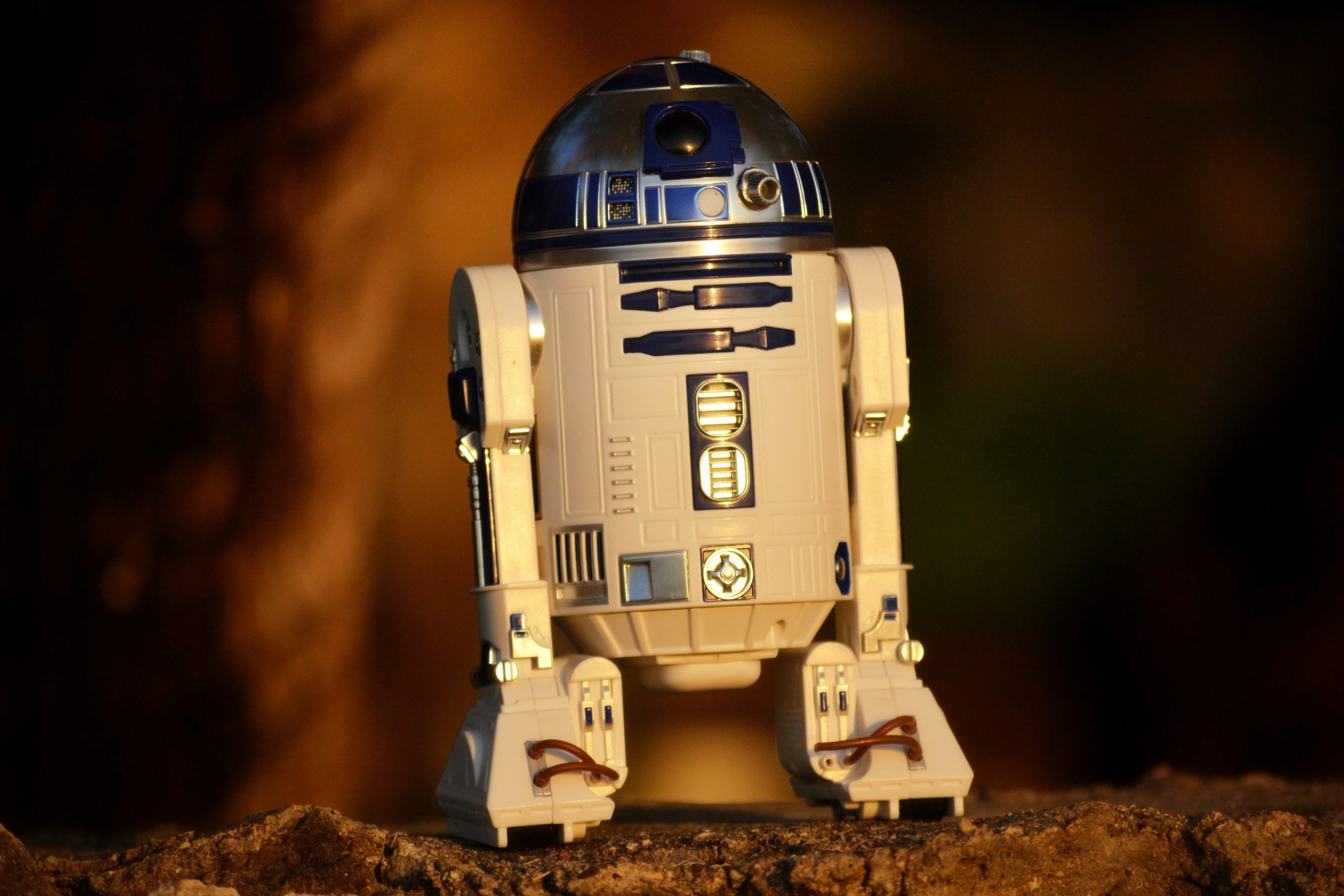An Introduction to Artificial Intelligence and Machine Learning
Originally posted on LinkedIn.
Artificial Intelligence: Nothing new, a (very) brief history

Alan Turing was only 22, when he first published his paper in 1937 that described the Turing Machine and how we would give it instructions to write, for instance, the series 0,1,0,1,0,1. It seems simple to us now. Although that seems a long time ago, he didn’t come up with that idea out of the blue, he was building on the work of people like Charles Babbage, who planned a machine he called the “Analytical Machine” between 1828 and 1839.

By 1950, Alan Turing was starting to think about the capabilities of these machines and what “stretch goals” we could give them, culminating in his famous paper “Computing Machinery and Intelligence”, in which he asks “Can Machines Think?” In the same paper he proposes the “Imitation Game” to see if we could answer that question.
So, Artificial Intelligence, or AI is nothing new. We have been noodling on the concept for a long time.
Machine Learning
Over the 50s, we started to think about a branch of Artificial Intelligence called Machine Learning, which is the practice of using algorithms to take data, manipulate them, and learn from it.
Humans are very instinctively and effortlessly good at this. We can, for example:
· see a chair,
· understand that it is a chair, and
· in many different contexts recognize it as a chair



This is actually a very hard problem for a machine to solve. What a computer sees is data, in the visual representation a panel of pixels of different colors and intensities. But while a difficult problem, it is a problem that has been solved and continues to be improved upon and applied to many different contexts. And over the years we have become much better at teaching machines how to do it.
There are other aspects that machines are much better at compared to human beings. They can ingest and process massive amounts of data much better than we can. They can also think in multiple dimensions to see more relationships in the data better than we can. Beyond 3 dimensions it becomes slightly difficult for us to draw real insights from data. But for a learning machine, it is much easier. Applications are vast in the retail space, from looking for patterns in the massive amounts of retail and shopping data to finding hidden insights and answering questions that humans may not know to ask; the machine can roam through the data looking for these insights which are beyond the capabilities of human beings.
AI Defined
So all this said, what is Artificial Intelligence? Very simply Artificial Intelligence is a branch of Computer Science that attempts to replicate some things that we humans do.
What kinds of things?
1. Our ability to see and recognize objects
Computer Vision is a branch of AI, that takes Image Processing and combines it with AI to “see” and identify objects. Facial recognition for instance.
2. Our ability to understand our environment and move around
Robotics is a branch of AI, that uses Image Processing, Computer Vision, and algorithms to see if we can train machines to do what we do. Walk, pick up things, etc.
3. Our ability to speak and listen
Speech Recognition is a branch of AI, that tries to replicate how we talk to each other. Business applications of that in our world today include customer support applications and virtual assistants like Siri and Alexa.
4. Our ability to read and learn
Natural Language Processes or NLP is another branch of AI, that attempts to replicate how we read and write. Think Chatbots. Think simple interfaces to complex systems like Google Search.
5. Our ability to understand patterns
Human beings, even babies, quite effortlessly recognize patterns and can classify objects. Machine Learning is a branch of AI that attempts to replicate what human beings do and improve upon what human beings cannot do when it comes to massive amounts of data.
6. Our ability to learn
Deep Learning is a branch of Machine Learning which brings various branches of AI and puts them through learning loops to try to mimic how human beings learn.



